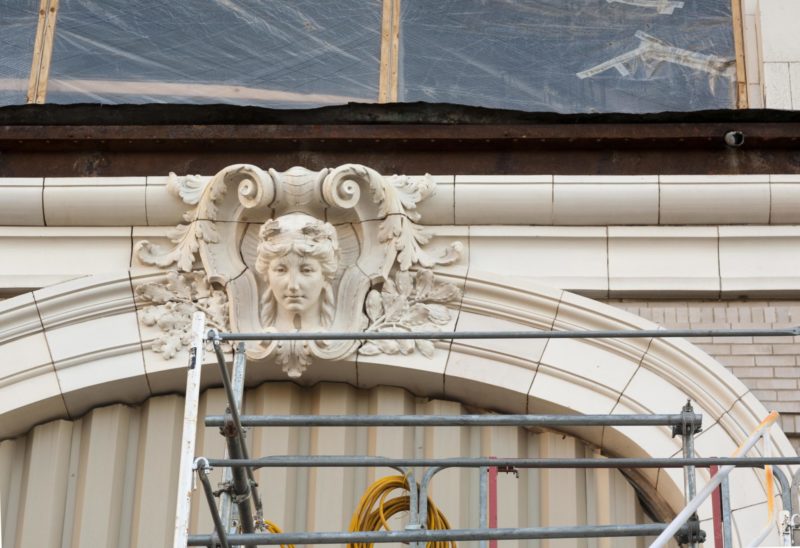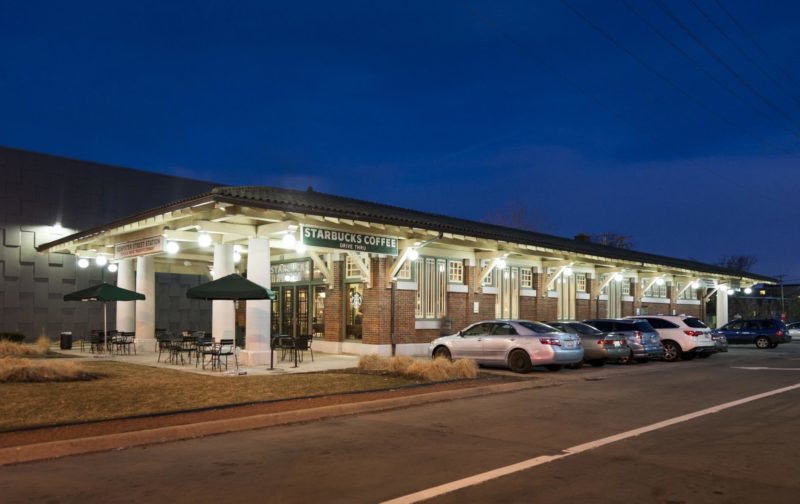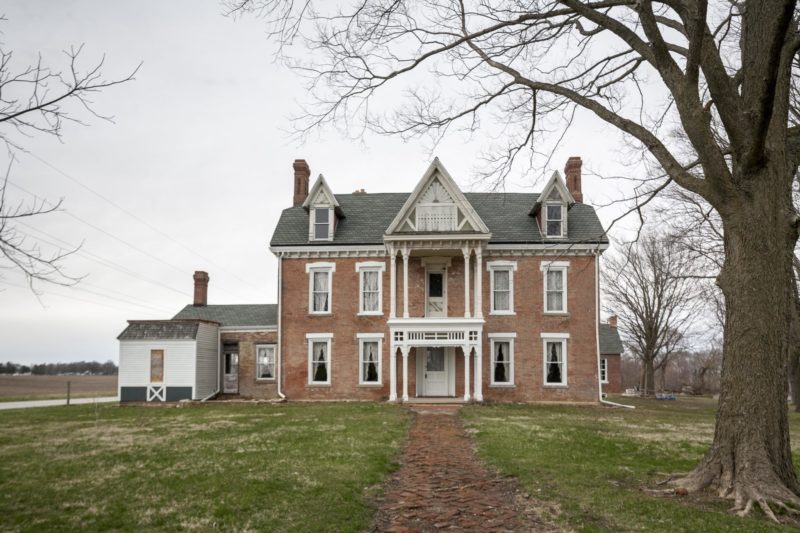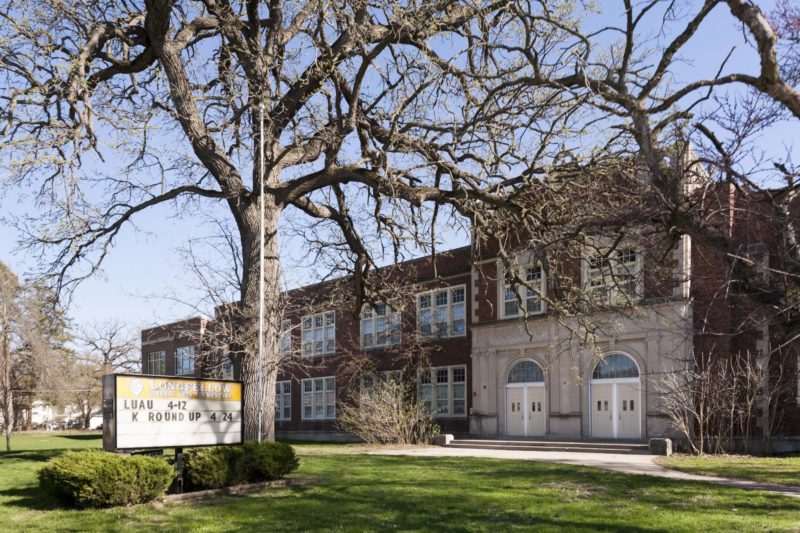(Cook County Hospital undergoing restoration. Credit: Liz Chilsen)
May 28, 2019
*This article originally appeared in the May 2019 edition of LI’s print newsletter, The Arch.
Every year since 1995, Landmarks Illinois has issued its “Most Endangered Historic Places in Illinois” – a statewide list that helps people working to save significant historic places under threat. Known as the “Ten Most Endangered” until 2015, the list has been the most prominent advocacy program of Landmarks Illinois for the last two-and-a-half decades.
In recognition of the 25th anniversary of the program, Landmarks Illinois has done a retrospective – looking back on the saves, lessons and inspiring stories of people coming together in communities across the state to preserve places that are important to them and that celebrate their unique heritage and built history. “We hope by announcing this ‘Top 10’ list, preservation solutions can be found for these sites,” former LI President Brad White said in 1995 when announcing the inaugural list. Twenty-five years later, Landmarks Illinois still believes the Most Endangered program is the best way to bring attention to threatened sites in the state.
Our website, www.Landmarks.org, features stories of former “Most Endangered” sites from every year of the program since 1995. These stories reflect back on why these places are significant to our state’s history, why Landmarks Illinois called attention to them the year they were included on our Most Endangered list and what preservation efforts took place immediately after the listing as well as in the years since.




